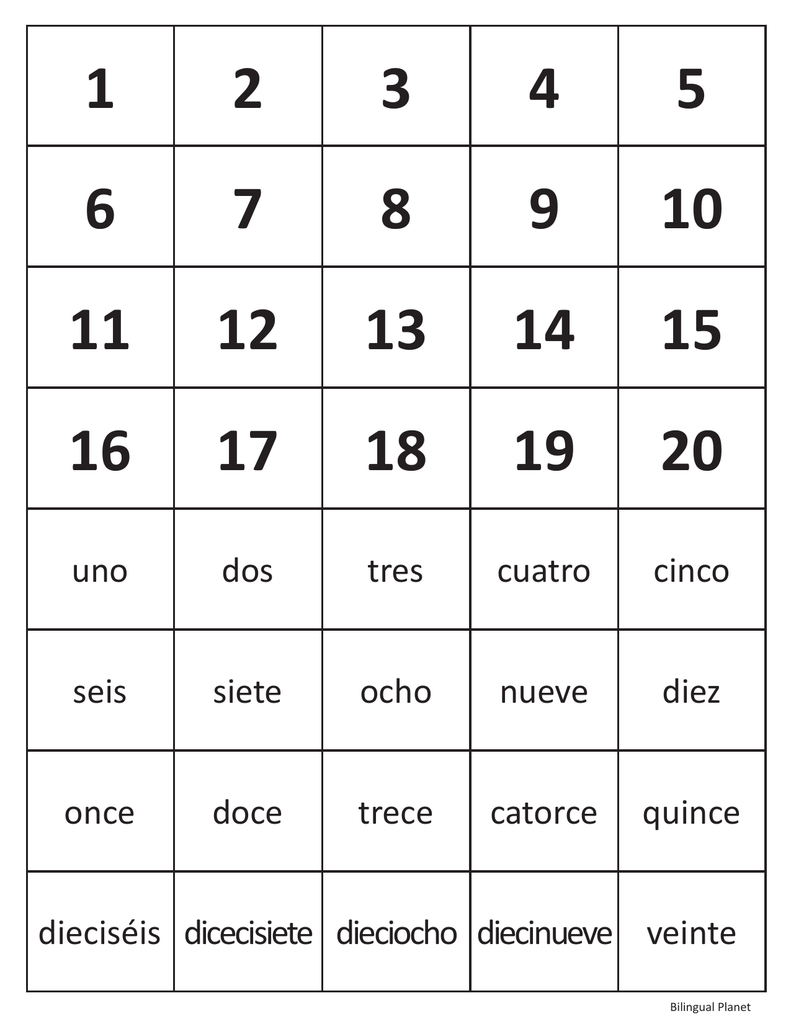


Rather than multiplying by a thousand each time, you multiply by a million. In this system, a “billion” is one million millions, and a “trillion” is one million billions. But many countries around the world – including most Spanish-speaking countries – use the “long scale” system. Not everyone does it like this! Our way is called the “short scale” numbering system. In other words, every “step up” involves multiplying by 1,000. In the English-speaking world, a “billion” is one thousand millions (1,000,000,000) and a “trillion” is one thousand billions (1,000,000,000,000). What do you think the Spanish words billón and trillón mean? Did you guess “billion” and “trillion”? Sadly, things aren't that simple. Billions and Trillions in Spanish (They’re Not What You Think)

For example, “one million books” is un millón de libros. 6,492,000 – seis millones cuatrocientos noventa y dos milįinally, note that when you're using un millón or millones with a noun, you must use de.483,382 – cuatrocientos ochenta y tres mil trescientos ochenta y dos.You need to put an un in this number to distinguish it from cuarenta mil (40,000).įorming new numbers with mil and un millón is pretty straightforward as well: The only time you'll see un mil is in numbers like cuarenta y un mil (41,000). For un millón, you can't leave out the un. The only two new words you need to learn are mil (1,000) and un millón (1,000,000). ochocient os libros = “eight hundred books”.setecient as personas – “seven hundred people”.These numbers have masculine and feminine forms, and so they must agree with the noun: (Note that you don't need to add y after ciento – it's ciento uno, not ciento y uno.)įor numbers from 200 to 999, you must first learn the multiples of 100. It includes fun, easy to follow lessons on Spanish numbers. Want to learn Spanish fast? Then check out our favourite Spanish course, SpanishPod101. 100 – cien (note the link with English words like “ century” or “per cent“.).zero – cero (this one should be easy to remember!).The only extra thing to be aware of is that numbers from 21-29 get contracted into a single word – so instead of “veinte y cuatro”, it's “veinticuatro”.For numbers above twenty, simply take the “tens” number (veinte, treinta, etc.) and the “ones” number (uno, dos, etc.) and stick y (“and”) in the middle.This is much like how in English 16 is “six-ten” i.e. 17 = “diez + y + siete” = “diez y siete”, which contracts to diecisiete. For numbers from 16-19, take the rightmost digit and say “diez + y + (digit)”.Then, you can fill in the gaps with a simple formula: Other than veinte (again), they all have a clear relationship with the related smaller number: cuatro cuarenta, ocho ochenta, etc.Other than veinte, they all end in -enta.Learn the numbers for the multiples of ten: veinte, treinta, cuarenta, cincuenta, sesenta, setenta, ochenta, noventa.There's no real pattern, you just have to learn them: uno, dos, tres, cuatro, cinco, seis, siete, ocho, nueve, diez, once, doce, trece, catorce, quince. I recommend you follow these steps to get all the numbers into your head: And I can say that because my Instagram feed is now filled entirely with F1 memes.Take a look and try to spot the patterns. It has managed to open up the world of Formula One to an entirely new audience. Guenther Steiner, the team principal of HAAS F1 is a super interesting character,his remarks in general are 10/10. By the start of the second season I was so invested in the show, knew all of their names and had a few personal favorites as well. This show keeps you engaged throughout both the seasons whether you are a race lover or not.
Uno dos tres cuatro drivers#
Watching the first episode, I found myself completely drawn to everything on screen, from the interviews of the race car drivers and their managers to the sensational Grand Prix, it was new and intense but also very entertaining.Įventually both my parents would come sit and watch too. I was excited but also unaware of anything racing related. In one of the episodes Kenny recommends F1: Drive to Survive and I don’t usually watch a lot of Netflix documentaries, but somehow felt like watching this one.

Sooo, remember our first issue where we mentioned the podcast “Simple Ken”? I’ve only seen one track and that was in Abu Dhabi when there was no actual race. (Keep in mind that I am not a person who was ever into racing.


 0 kommentar(er)
0 kommentar(er)
